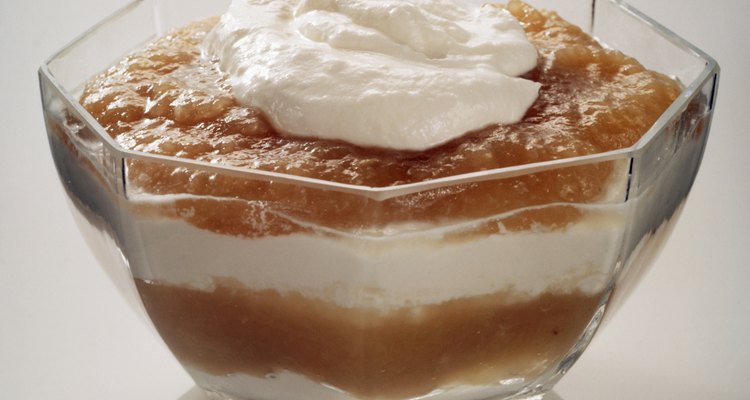
If you're pouring milk into your cereal or cream into your coffee and see solid chunks coming from the spout, that usually means your day is off to a rocky start. Most dairy products form solid curds only when they've begun to sour, becoming unusable or at least unpalatable for most people. One exception is whipping cream. Because of its high fat content, whipping cream will sometimes appear chunky even though it hasn't spoiled -- and is no longer suitable for creaming your coffee.
Why Cream is Different
All dairy products contain a variety of components, combined in a relatively stable mixture. These include the water and protein-rich whey, the casein proteins that make most cheeses, and the rich butter fat. In milk, the fat content is usually 4 percent or less. In butter, it's 80 percent or higher. Whipping cream is between those two extremes, with fat content ranging from 30 to 36 percent for light whipping cream and 38 to 40 percent for heavy whipping cream. That high fat content gives cream its richness, and it's also why cream can be whipped to foam or cooked without curdling.
Fat Coheres
That high fat content is also why perfectly good whipping cream sometimes has the same chunky appearance other dairy products display when they're spoiled. The difference is that with cream, the solid sections aren't caused by the curdling of proteins. Instead, the globules of fat within the cream have bonded or cohered together. It's the same process you see on a pot of soup, when small dots of fat rise to the surface and form a larger pool. It's especially common in heavy whipping cream.
Good or Bad
To determine whether your cream is spoiled, pour out a small amount into a saucer or small, shallow bowl. Smell it first, to determine whether it has any sour or off flavors. If not, taste a small quantity of the cream. If the cream smells fine and tastes fine, it's perfectly usable in many applications, such as cooking and perhaps whipping, depending on how far it's gone. If you add it to coffee, though, you'll find the fat floats to the top in unappealing globs, with distinct white specks floating throughout the cup. You might be tempted to shake up the carton or bottle to break up the chunks, but that won't work; by shaking, you're essentially churning the cream into butter. If the cream has begun to sour, don't use it. Unless you've purposely introduced a culture, for example by adding cultured buttermilk or yogurt to the cream and letting it set at room temperature for several hours to make homemade sour cream, there's no telling whether the microorganisms that have populated your cream are friendly or harmful.
Chunky When Whipped
At times your cream might appear perfectly good when you pour it into the mixing bowl, but become chunky or grainy when it's whipped. This is also perfectly normal, though it's not good news when it happens. It means you've whipped the cream for too long, and it's now beginning to separate into grains of butter and a puddle of buttermilk. If this happens, it's best to discard that bowl of cream and start over.
Related Articles

Why Can't You Use Ultra Pasteurized ...
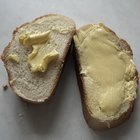
Why Does Cream Turn Into Butter?
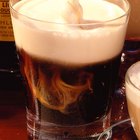
Why Does Some Alcohol Curdle Cream?

Does Cream Curdle When It Goes Bad?

Clotted Cream Vs. Double Cream

Does Cream Spoil?
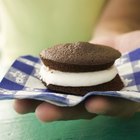
Differences Between Double Cream and ...

Substitute for Light Cream in Cooking

How to Know When Handmade Whipping ...
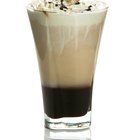
What Makes Cream Liqueur Curdle in ...

How to Fix Curdled Whipped Cream
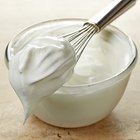
How Can I Prepare Whipping Cream Ahead ...

Things to Do With Over-Whipped Whipped ...

How Long Does Whipping Cream Stay Fresh ...

Heavy Cream vs. Milk in Baking

Can You Make Instant Pudding With Heavy ...
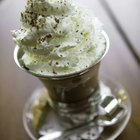
What Gas Is Used in Cans of Whipped ...

Why Is My Pastry Cream Hardened?

How to Bring Cream to a Boil

What Do Bakeries Use in Their Whipped ...
References
- On Food and Cooking: The Science and Lore of the Kitchen; Harold McGee
Writer Bio
Fred Decker is a trained chef and prolific freelance writer. In previous careers, he sold insurance and mutual funds, and was a longtime retailer. He was educated at Memorial University of Newfoundland and the Northern Alberta Institute of Technology. His articles have appeared on numerous home and garden sites including GoneOutdoors, TheNest and eHow.
Photo Credits
Eising/Photodisc/Getty Images